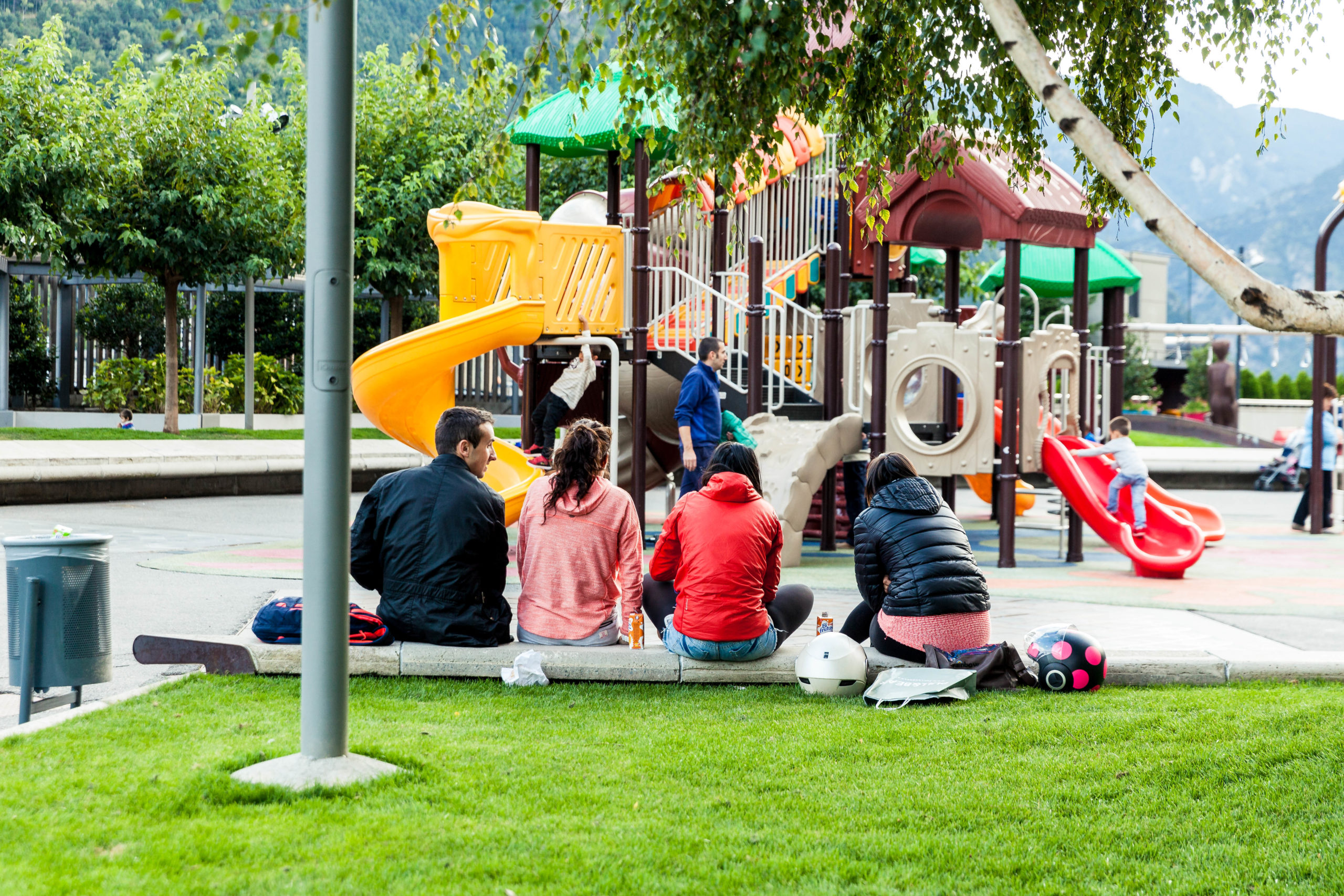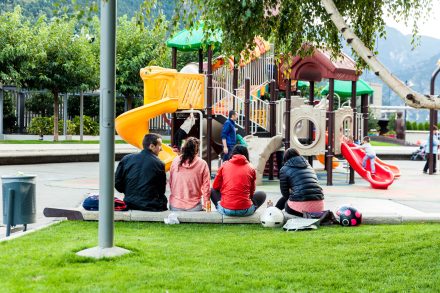Abortion rights, women of color, and LGBTQIA+ people are under attack. Pledge to join us in fighting for gender justice.
Combating Rampant Sexual Harassment and Assault

by Esther Warkov, Executive Director, SSAIS
This blog is cross-posted from the SSAIS website. All views are those of the author unless otherwise noted.
 #MeTooK12 is a social media hashtag created by the national nonprofit Stop Sexual Assault in Schools (SSAIS.org). The campaign encourages victims of sexual harassment and assault by peers or school staff to share their experiences while they attend K-12 schools. It also encourages secondary victims—the victim’s friends, family, and allies—to share how sexual harassment negatively impacts students. The hashtag spotlights the widespread sexual harassment that students experience before entering college or the workforce, and underscores the urgency of addressing this problem in early education.
#MeTooK12 is a social media hashtag created by the national nonprofit Stop Sexual Assault in Schools (SSAIS.org). The campaign encourages victims of sexual harassment and assault by peers or school staff to share their experiences while they attend K-12 schools. It also encourages secondary victims—the victim’s friends, family, and allies—to share how sexual harassment negatively impacts students. The hashtag spotlights the widespread sexual harassment that students experience before entering college or the workforce, and underscores the urgency of addressing this problem in early education.
SSAIS invited the NWLC, a champion of the students’ civil rights, to partner in this campaign. Their participation continues a series of collaborative efforts that began with President and CEO Fatima Goss Graves’s inaugural blog for the SSAIS website and Director of Education Neena Chaudhry’s appearance in Sexual Harassment: Not in Our School! The NWLC website recently featured SSAIS in “Why We Need Title IX to Let Her Learn: A Parent’s Perspective.”
SSAIS encourages the use of #MeTooK12 as the logical continuation of #MeToo and the NWLC campaign #MeTooWhatNext. Although SSAIS spearheaded the movement to raise awareness of the negative effects of rampant K-12 sexual harassment and assault in the media, the public has yet to connect the dots from K-12 sexual harassment and assault to college and the workplace. Moreover, schools’ failure to protect students from sexual harassment and assault constitute a violation of students’ civil rights under Title IX, a federal civil rights law.
Although #MeToo benefitted from the participation of high profile individuals, K-12 campaigns lack the support they urgently deserve, as SSAIS.org wrote in “Why Lady Gaga Should Be Talking to a Rape Victim’s Mother About K-12 Sexual Assault.” And although reports such as “Sexual violence isn’t just a college problem. It happens in K-12 schools, too, Hidden horror of school sex assaults revealed by AP” and “Ending Sexual Harassment and Assault: Effective Measures Protect All Students” demonstrate just how rampant these problems are, the public remains in the dark because violations are under-reported by students, who are forced to normalize sexual harassment, and by schools guarding their reputations. As a result, national studies show a glaring discrepancy between the small number of schools reporting incidents of sexual harassment and the large number of students saying they experience it.
Under the Trump administration and Department of Education leadership, we lack vigorous Title IX enforcement from the Department’s Office for Civil Rights. Since we can’t count on federal oversight we must compel compliance through community engagement. As SSAIS told the Washington Post, the solution requires a massive grass roots education effort to inform families, schools, and local organizations about schools’ responsibilities, students’ Title IX rights, and recourses when schools fail.
Few people of influence understand how sexual harassment and assault devastate the lives of K-12 students, their families, and friends—beginning in elementary school; and the younger the victim, the more devastating the impact and greater vulnerability to repeated assault. Not only do the survivors’ emotional and psychological scars endure long after the incidents, their social lives, education, and career dreams can be shattered. For some, the trauma is insurmountable; sexual harassment and sexual assault have driven an increasing number of adolescents to suicide.
Sexual violence on college campuses and sexual harassment in the workplace occur because students are afforded ample opportunity to practice these behaviors in their formative years. It’s imperative that public figures and celebrities also join the Me TooK12 campaign to end sexual harassment and assault in K-12.
A community problem we can all address
Remarkably, the public does not yet realize that sexual harassment and sexual assault are community problems that extend far beyond the primary victim. Research shows that the majority of teenage students have been affected by peer sexual harassment but rarely seek help. Because schools frequently discount or dismiss reports of sexual harassment or assault, students are discouraged from reporting; many of these victims become perpetrators of sexual harassment. By failing to properly address sexual harassment, schools foster an unsafe climate where sexual harassment and assault occur.
To fill this need, Stop Sexual Assault in Schools created comprehensive free education for the K-12 audience, Sexual Harassment: Not in Our School! The streaming video and Action Guide model a collaborative effort where students work alongside parents and community organizations to create safe schools. It follows a high school gender equity club strategizing to address sex discrimination, interviewing nationally recognized education, legal, and LGBTQ experts, and learning from counselors, advocates, parents, and peers. One student concludes that, “When we make change at school, we’re changing society too.”




